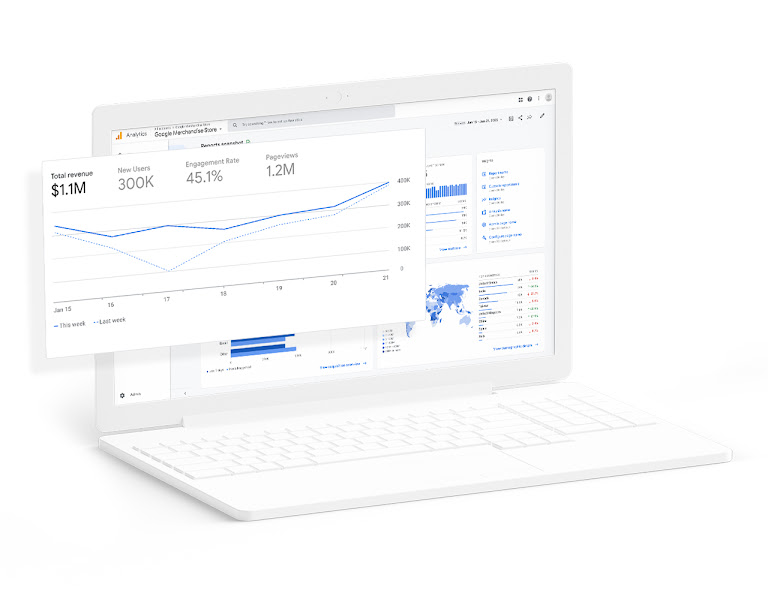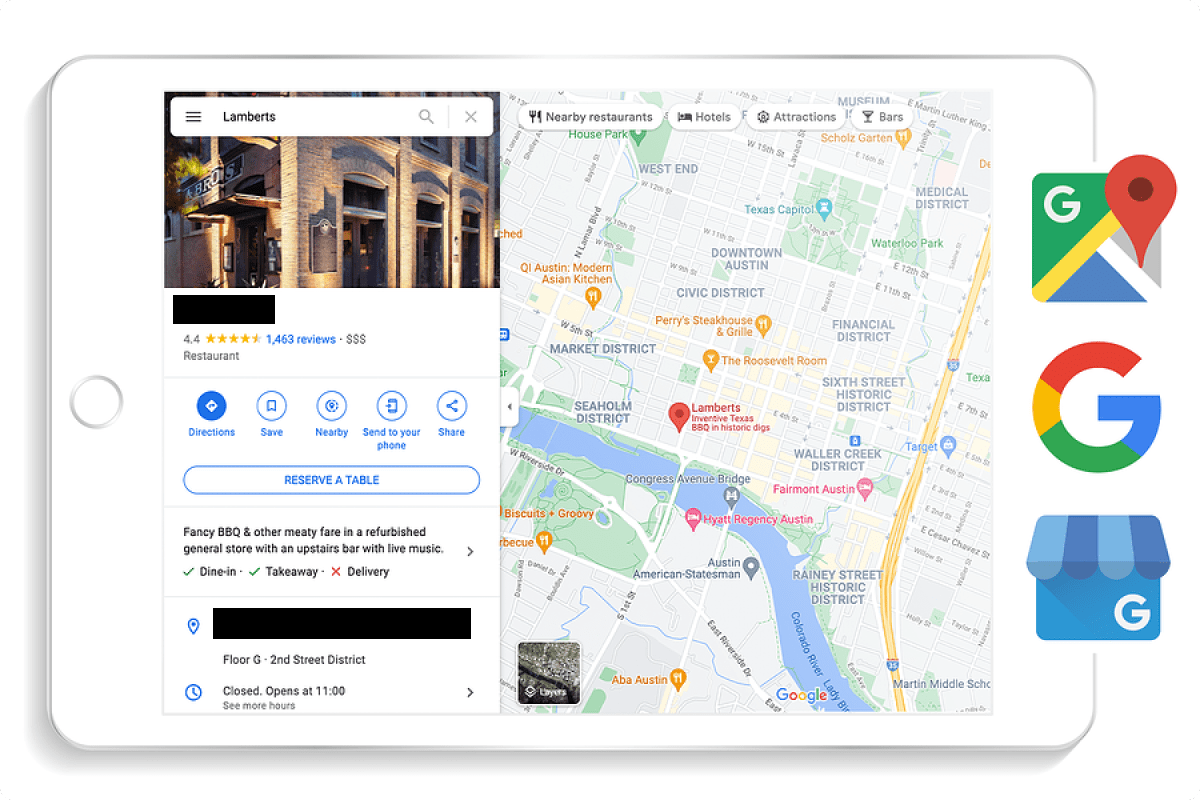
Google Tool: Google Analytics
Google Analytics is a powerful tool that gives website owners insights into their performance and user behavior. Here’s a step-by-step guide on how to use Google Analytics for beginners:
Step 1: Sign up for Google Analytics
First, you need to sign up for a Google Analytics account. Go to the Google Analytics website and click on “Start for free.” Follow the steps to create your account and set up your website profile.
Step 2: Install the tracking code
Once you have set up your account, you must install your website’s Google Analytics tracking code. Copy the tracking code from your Google Analytics account and paste it into the header section of your website.
Step 3: Set up goals
Goals are the actions you want visitors to take on your website. Examples of goals include purchasing, signing up for a newsletter, or filling out a contact form. Set up goals in your Google Analytics account to track these actions.
Step 4: Explore your dashboard
Once you have installed the tracking code and set your goals, you can explore your Google Analytics dashboard. The dashboard provides a wealth of information about your website’s performance, including traffic sources, user behavior, and conversion rates.
Step 5: Analyze your data
You can use the data in your Google Analytics account to look over your website’s performance and identify areas for improvement. For example, if you see that a particular page has a high bounce rate, you may need to improve the content on that page to keep visitors engaged.
Step 6: Use reports
Google Analytics provides a range of reports that you can use to analyze your website’s performance. These reports include audience reports, acquisition reports, behavior reports, and conversion reports. Use these reports to gain insights into your website’s performance and track your progress over time.
Step 7: Customize your reports
You can customize your reports in Google Analytics to focus on the most important metrics. For example, you may want to create a custom report that shows the number of visitors who complete a particular goal on your website.
Step 8: Set up alerts
Google Analytics allows you to set up alerts to notify you when certain events occur on your website. For example, you can set up an alert to notify you when your website experiences a sudden drop in traffic.
Step 9: Optimize your website
Use the data and insights from your Google Analytics account to optimize your website and improve its performance. Make changes to your website based on the information you have gathered to increase traffic, engagement, and conversions.
In conclusion, Google Analytics is a powerful tool that provides website owners with a wealth of information about their website’s performance and user behavior. By following these steps and regularly analyzing your data, you can use Google Analytics to optimize your website and improve your online presence.








Leave a Comment